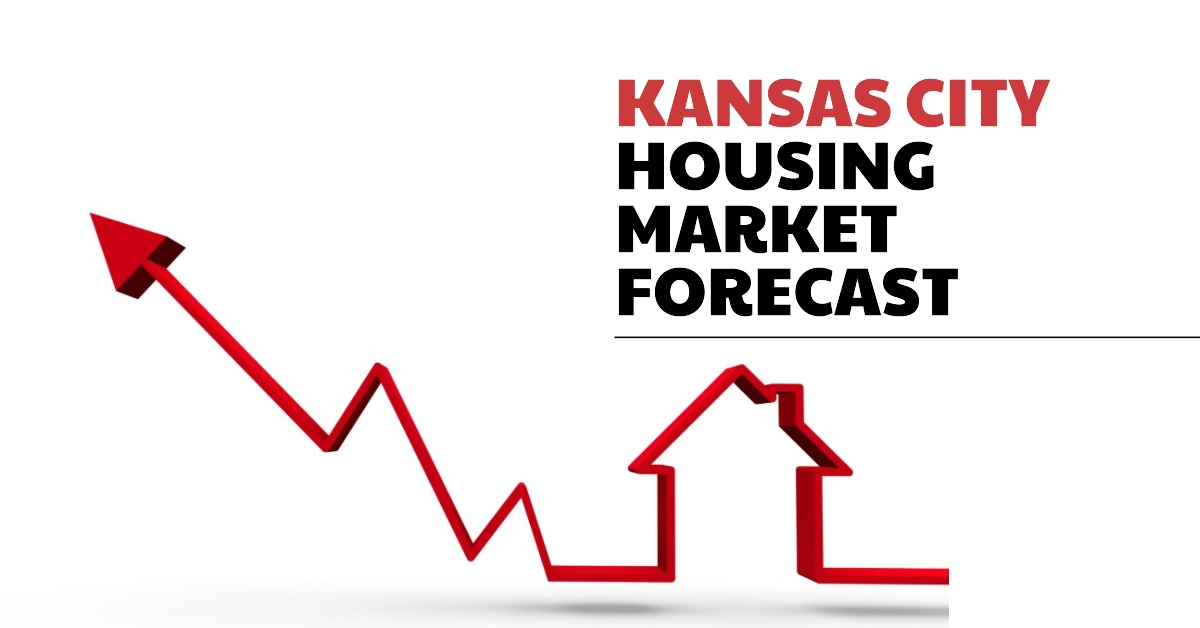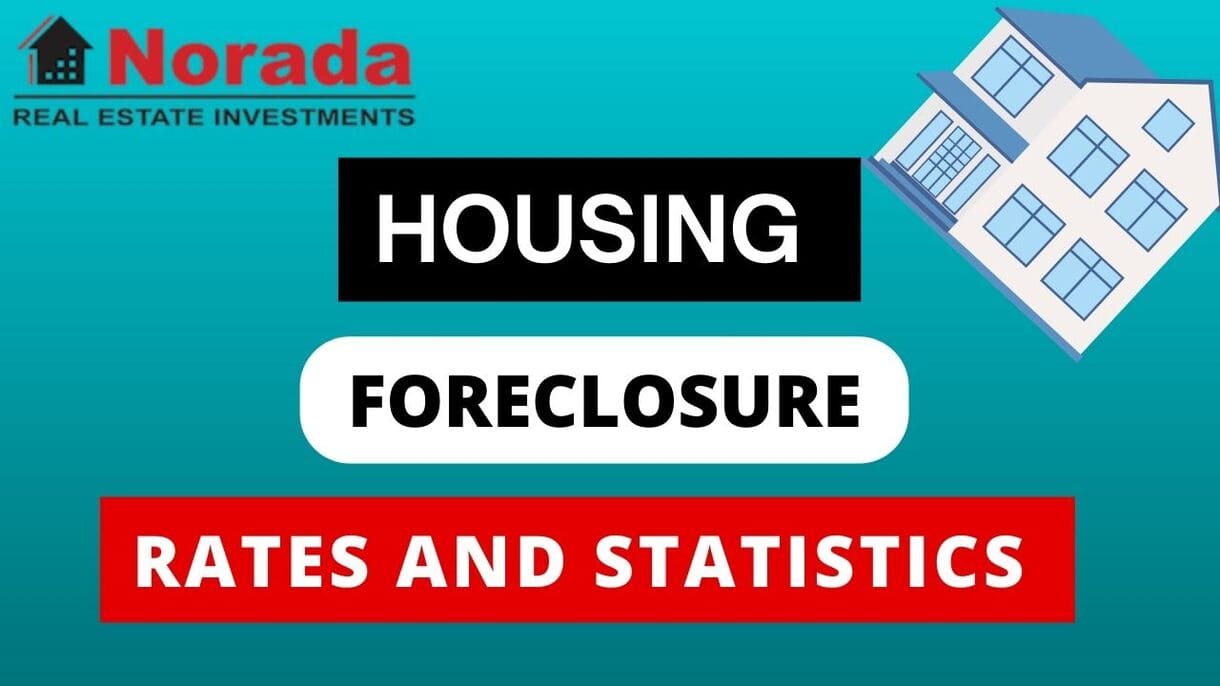The current vibe in the Kansas City housing market is that home prices have dipped a bit recently, and while homes are taking a little longer to sell, there are more homes on the market than last year. Looking ahead, for 2025, we're anticipating a slow and steady growth in home prices, with a slight uptick in sales, and mortgage rates potentially getting a bit friendlier.
It feels like we're in a bit of a balancing act right now. Things aren't as crazy hot as they were a couple of years ago, but it's also not a complete buyer's free-for-all. It's a good time to dig into the numbers and see what they're telling us.
Kansas City Housing Market: What's Happening Now and What's Next?
Let's break down what's actually been happening in the Kansas City housing market, based on recent reports from Realtor.com.
Home Prices: A Little Cooler Than Before
In September, we saw a noticeable drop in home prices compared to the month before. The median listing price was $279,750. This might sound a bit concerning, but it's actually pretty normal for September. The price per square foot also went down by 1.4% from August.
To give you some perspective, this drop is a bit bigger than the national trend. Across the entire U.S., the price per square foot only decreased by 0.8%. So, here in Kansas City, prices pulled back a little more than the rest of the country.
Housing Inventory: More Homes to Choose From
One of the things buyers have been looking for is more housing inventory, and the good news is, we're seeing that! In September, there were 1,724 homes for sale in Kansas City. That's 2.9% more homes than the month before and a significant 20.4% increase compared to the same time last year.
This is great news for buyers because it means you have more options. It also helps to ease some of the intense competition that we've seen in the past. On the flip side, nationally, the increase in inventory was much smaller, just 0.2% from the previous month.
New Listings: A Slight Slowdown
While the total number of homes for sale is up, the number of new listings coming onto the market in September was actually a bit down. There were 794 new homes listed, which was 3.2% less than the month before and 1.0% less than the same month last year. Nationally, new listings also saw a decrease of 1.8%. This might be a sign that sellers are a bit more cautious or waiting for different market conditions.
Time on Market: Homes Taking a Little Longer to Sell
This is a big one for both buyers and sellers. In September, homes in Kansas City took an average of 52 days to sell. This is four days longer than the previous month and three days longer than September of last year.
Compared to the rest of the country, where homes spent an average of 62 days on the market in September, Kansas City homes are still selling relatively quickly. However, the trend of homes taking longer to sell indicates a shift away from the super-fast, multiple-offer situations we've seen recently. This usually points towards a more balanced market.
Here's a quick look at how these trends stack up:
| Metric | September 2023 (Kansas City) | Change from Previous Month (KC) | Change from Last Year (KC) | National Trend (September 2023) |
|---|---|---|---|---|
| Median List Price | $279,750 | Down | – | N/A |
| Price/Sq Ft Change | -1.4% | Down | – | -0.8% (Down) |
| Active Inventory | 1,724 | +2.9% | +20.4% | +0.2% (Up) |
| New Listings | 794 | -3.2% | -1.0% | -1.8% (Down) |
| Days on Market | 52 | +4 days | +3 days | 62 days |
Data Source: Realtor.com
Kansas City Housing Market Forecast 2025 and 2026
Now, let's talk about the crystal ball! What does the future hold for the Kansas City housing market? We'll look at some projections to get a clearer picture.
Short-Term Outlook (Late 2025)
Zillow provides some interesting insights into the immediate future. Looking at their forecasts for the Kansas City metro area (MSA), we see a pattern of gradual, positive growth.
- October 2025: Zillow projects a 0.5% increase in home values. This suggests a continuation of the modest upward trend we might start to see.
- December 2025: This is expected to see a slightly stronger growth of 1%. This indicates that as the year winds down, the market might gain a little more momentum.
Medium-Term Outlook (1-Year Forecast: September 2025 to September 2026)
The longer-term forecast from Zillow gives us a broader view of where things are headed.
- September 2026: Zillow forecasts a 2.5% increase in home values over the next year. This is a healthy and sustainable growth rate that most people would be happy to see.
It's important to remember that these are projections, and real estate is always influenced by many factors. However, these numbers point towards a stabilizing and gradually appreciating market in Kansas City.
Comparing Kansas City to Other Missouri Cities
To understand how Kansas City stacks up within Missouri, let's look at Zillow's projections for other major MSAs in the state:
| Region Name | October 2025 Forecast | December 2025 Forecast | September 2026 Forecast (1-Year) |
|---|---|---|---|
| Kansas City, MO | 0.5% | 1% | 2.5% |
| St. Louis, MO | 0.3% | 0.6% | 1.7% |
| Springfield, MO | 0.3% | 0.6% | 2.9% |
| Columbia, MO | 0.4% | 0.9% | 3% |
| Joplin, MO | 0.4% | 0.8% | 3.2% |
| Jefferson City, MO | 0.5% | 1.1% | 2.7% |
| St. Joseph, MO | 0.6% | 1.3% | 2.5% |
Data Source: Zillow
As you can see, Kansas City's forecast is pretty much in line with many other parts of the state. Some cities like Springfield and Columbia are projected to see slightly stronger growth by September 2026, while others like St. Joseph are projected to be similar. This suggests a generally positive, yet varied, housing market across Missouri.
The National Picture: What Experts Are Saying
It's always helpful to see how our local market compares to the national trends. Both Zillow and the National Association of Realtors (NAR) have shared their outlooks, and there are some key takeaways:
Zillow's Key Predictions:
- Home Value Growth: After a flat year in 2025, Zillow expects home values to start recovering and potentially reach a peak of nearly 1.9% annual growth by August 2026. This suggests that while 2025 might be a year of consolidation, the market is poised for renewed growth afterward.
- Home Sales: The number of home sales is expected to finish 2025 at 4.07 million, which is a slight improvement over 2024. This indicates a gradual increase in activity.
- Rents: Rents are predicted to continue cooling off, with lower growth rates than in recent years.
NAR Chief Economist Lawrence Yun's Optimistic Outlook:
Lawrence Yun, a highly respected voice in the real estate world, has a pretty bright outlook for the U.S. housing market. He believes “brighter days may be on the horizon.”
- Existing Home Sales: These are expected to rise by 6% in 2025 and then accelerate by 11% in 2026. This is a significant jump and signals a strong recovery in the number of homes being bought and sold.
- New Home Sales: New construction sales are projected to climb by 10% in 2025 and another 5% in 2026. This is crucial for helping to fix the ongoing shortage of homes.
- Median Home Prices: Prices are expected to increase moderately, with a 3% rise predicted for 2025 and 4% for 2026. This points to a return to more normal and sustainable price appreciation.
- Mortgage Rates: This is a big one! Mortgage rates are anticipated to average 6.4% in the second half of 2025 and drop to 6.1% in 2026. Yun calls mortgage rates the “magic bullet” because lower rates make homes more affordable and boost buyer demand.
So, what does this all mean for the Kansas City housing market? The national trends suggest that we're likely to follow a similar path of gradual recovery and stable growth.
So, Will Home Prices Drop in Kansas City? Can It Crash?
Based on the current data and forecasts, a major crash in the Kansas City housing market seems unlikely. While prices did dip a bit in September, this was a relatively normal seasonal adjustment. The overall trend, both locally and nationally, is towards stabilization and then modest appreciation.
The increase in housing inventory is a healthy sign, preventing the kind of bidding wars and unsustainable price hikes we saw before. Combined with potentially improving mortgage rates in the coming years, this creates a more balanced environment.
Instead of a crash, think more of a gentle recalibration. We're moving away from the frenzied market of the past and towards a more sustainable pace. This is generally good news for the long-term health of the market.
A Look Ahead: 2026 and Early 2027
Looking beyond the immediate forecasts, if current trends continue and mortgage rates indeed decline as predicted, we can expect the Kansas City housing market to see a bit more steam.
- End of 2026: We could see sustained, modest home price growth, possibly in the range of 3% to 4% annually, aligning with national forecasts. Home sales volume should continue to increase as affordability improves.
- Early 2027: This period might see continued positive momentum. If interest rates remain lower and the economy is stable, the market could experience even stronger buyer demand and steady appreciation. We might even see inventory levels start to tighten up again if sales pick up significantly.
It's important to stay updated as these forecasts can change. But for now, the outlook for the Kansas City housing market appears to be one of steady, healthy growth.
Remember, every market is different, and individual neighborhoods or even specific homes can behave differently. If you're thinking about making a move, talking to a local real estate agent is always your best bet for the most up-to-date and personalized advice. Happy house hunting!
Cash Flow Starts with Location—Invest in High-Demand Areas
Turnkey rental properties in fast-growing housing markets offer a powerful way to generate passive income with minimal hassle.
Work with Norada Real Estate to find stable, cash-flowing markets beyond the bubble zones—so you can build wealth without the risks of ultra-competitive areas.
🔥 HOT NEW LISTINGS JUST ADDED! 🔥
Talk to a Norada investment counselor today (No Obligation):
(800) 611-3060
Want to Know More?
Explore these related articles for even more insights:





